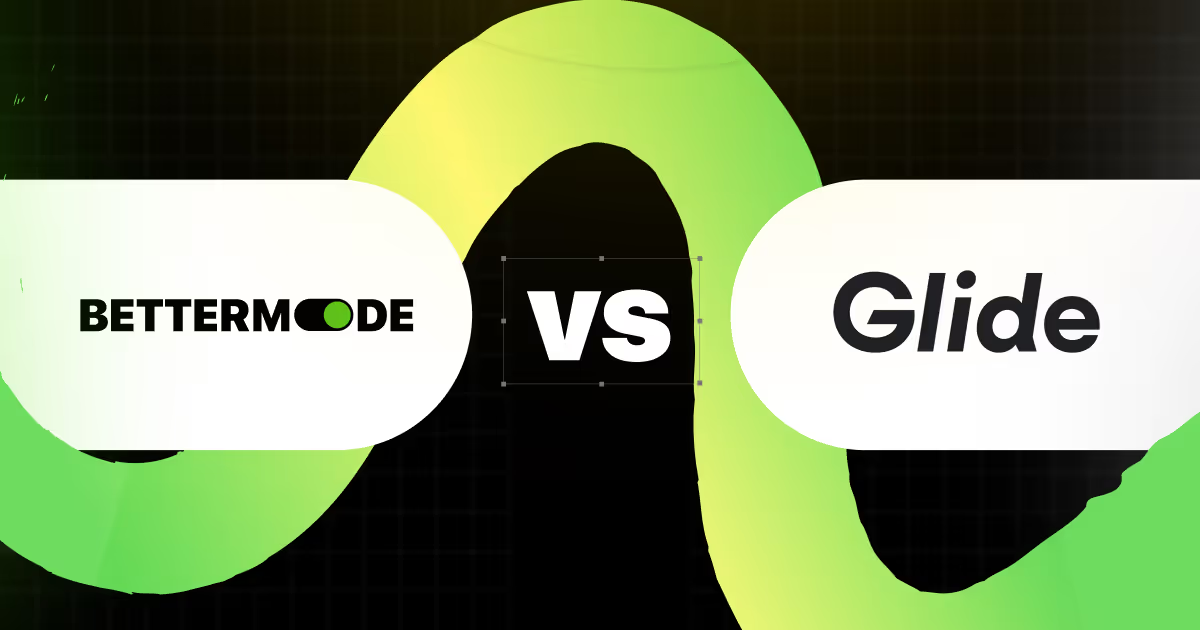Accelerating Product Development: A Product Manager's Guide to Community-Driven Ideation

Powerful idea generation is one of the key benefits a branded online community can offer since the users who specialize in your product are always brainstorming to ensure that it matches their use case and makes them successful.However, managing the product ideation process can be really complex since thousands of users and prospects would be bombarding the product management team (channeled through the customer-facing teams) with new requirements, suggestions, and feedback.
The key factor here is to actually select the best ideas and without a blueprint of the process, it can be highly challenging.To put it simply, ideation can be considered as the process of collecting notions, feedback, usage-level knowledge, suggestions to generate new ideas. It can help in both the improvement of the existing features and the development of completely new ones.To summarize, here are the key benefits of the product ideation process:
- Build better product and services with improved ideas
- Improve the existing features
- Make the customers part of the product journey and improve engagement
- Boost customer loyalty by acting on the Voice of Customer
Read on to understand how product managers can use the brand community to generate ideas with a solid process.
Build an ideation hub

This is where cross-functional collaboration comes into the picture. Collaborate with the community manager to ensure that the ideation space in the community is easy to discover and the guidelines are clearly stated to ensure that the members post ideas and suggestions in the designated section.
Sometimes certain ideas may get mixed with other topics and get posted in different sections. In this case, the community manager must ensure that the right content gets crossposted in the ideation area.
Here is what you would need
a) Notification with a link whenever a new idea gets posted
b) Functionality to engage with members so that further discussion can be carried out
c) Tracker to showcase the progress
The Skyscanner insights community running on the Bettermode Platform has several dedicated sections in the community specifically for idea accumulation. Other customer communities opt for building a specific group (public or private) in the community depending on the members to centralize the ideas which save time they would have otherwise spent scouring through different discussions or posts.
Allocate the internal team
This is essentially assigning the right resources and investing the right amount of time to ensure the end value is realized. Consider the size of the community, the current engagement level, and the volume of suggestions to assign the team members.
The key here is to find the right balance between the available resources and the number of valid ideas you can source. Also, another factor to consider is to empower the community members and leverage the crowd-intelligence to weed out the ideas that don't match.
Based on the number of likes or upvotes the ideas receive and engagement they generate your team would be able to easily pick the ones with a valid prospect of making it to the actual product and brainstorm further to include in the product roadmap.
Reward high-quality ideas
Once you find the idea that would actually improve the product, ensure that it gets enough visibility in the community and other ideas don't hide it by piling over it. This is great to get validation from the community members and get suggestions on further improvement or source a different approach for the same problem.
A community platform with powerful gamification tools can help product managers with engaging the community with ideation. Essentially gamification is all about applying the mechanism of games (rules and procedures that guide the players) in a non-gaming setup (e.g. online community).Here are some of the popular ways to promote ideation in the community:
1) Leaderboard: Leaderboards are great for showcasing the best ideas and the members with the best community contribution by scoring their activity and ideas.
- It helps showcase the best ideas at the top of the ideation section.
- It inspires the other members to also start competitively contributing to the community.
2) Badges: Badges are great to award the members who have contributed high-quality ideas. It makes them showcase their reputation in the community and boosts their morale to continue with the good work. Consider idea master and idea mogul as the potential examples of such badges.
2) Virtual coins: This one plays into the incentivization of the member action -- for example, you could reward members with certain virtual coins when their idea actually gets picked up or receives a specific number of upvotes from the peers. Finally, these points would be redeemed to pay for the service or product (even shopping vouchers).
Lead the discussion
Product managers must be ready to jump into action whenever they see a promising idea in the community that needs further inputs from the company side to streamline the discussion and lead the conversation in the right direction.That said, contributing or initiating the discussion in the community has its own merits and demerits. At the end of the day, it boils down to personal judgment and the end value or goal of the ideation process.
When to get involved in the discussion
When product managers initiate the discussions and ask pointed questions to the members to give a direction, they are essentially putting forth their own notions.
So, this can be useful when the problem is already known and you wish to collect ideas only around a specific issue.You can start the conversion with a flexible or non-restrictive question and describe the framework you are following to make the members understand what you are trying to achieve along with your goals.
When to not get involved in the discussion
This is the right approach when you are simply exploring new ideas and want to give a free hand to the members with out-of-the-box thinking. This allows the members to explore new areas and use cases that your team wouldn't have originally thought.
Allowing your community to lead the discussion invokes candidness and honest sharing of thoughts. These discussions can also be exported into your analytics engine to perform text analytics and generate insights.
Pushing the best ideas into the pipeline
The final step in the ideation process is about shipping the features by working with engineers -- this involves profound communication skills. You already know the type of ideas that would truly improve the product, but how can you ensure that it is actually feasible in terms of ROI and Time to Market. Also, consider the lifecycle of the feature and what type of ongoing maintenance and future improvement it would require.
Some of the inputs would come from the engineering team, the others would require your research and inputs from the customer-facing teams. Some of the promising ideas might even get rejected -- however, this allows your team to brainstorm more, learn the limitations, and explore various possibilities.
Measuring the success
It is super important to measure the impact of the ideation community as that would justify the investment. Here are the important metrics to track:
- The number of new features that originated from the community and finally went to the live product
- The number of improvements done to the existing features
- The number of bugs or issues fixed
- Time to market (TTM) for the features
Then you need to measure how these new features improved your customer engagement, retention, and lifetime value.
How Skyscanner uses the ideation process
Skyscanner, as mentioned earlier in the post, runs a specialized insights community of the super users on Bettermode that gathers ideas, tips, tricks, feedback, and bug reports. Specifically, the idea and feedback section of the community asks the members to share the ideas to improve the mobile app, report what they don't like, and the new features that they want.
They have been able to use the community effectively to increase the number of ideas getting shared in the ideation space and engaged other members by empowering them to vote on these ideas.
It also helps Skyscanner to get the community involved by showcasing prototypes for testing before moving to development.Apart from that different flairs can be transparently added to these ideas to show the status of the idea in terms of acceptance, rejection, development, and production-readiness.
It takes only one robust idea to create a winner and discovering these absolute gems is very hard. Also, there is no tried and tested way to generate powerful ideas. However, the most involved people -- the users of your product who actually have skin in the game, are the ones with the largest incentive to improve the product.An online community backed a solid ideation process that helps you leverage the crowd wisdom increases the probability of harvesting the winning ideas.






